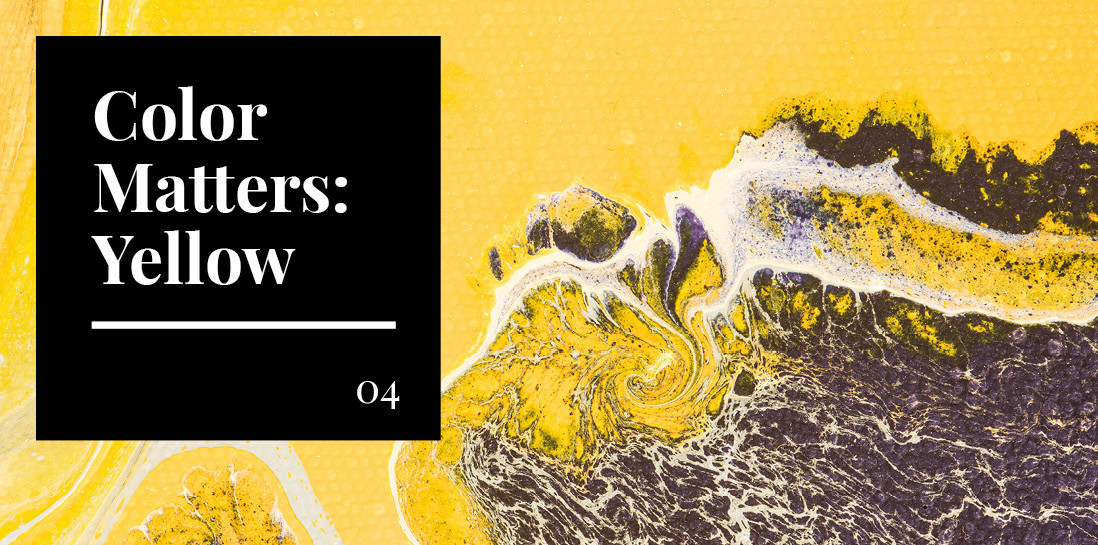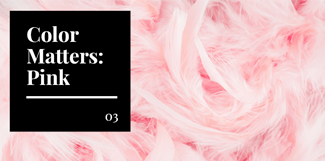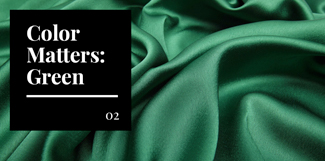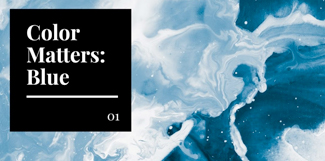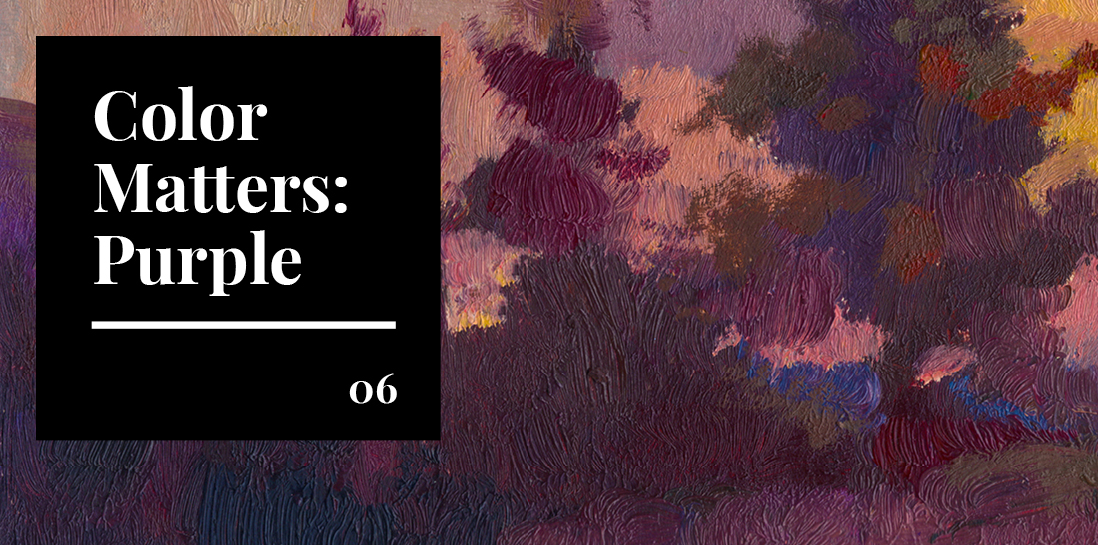
Could insects and a master painter share the same sight?
Many have speculated about the violet hues prevalent in painter Claude Monet’s work. When impressionism burst onto the scene in the late 1800s, Monet and his contemporaries caused a stir with their violet color palettes. They were accused, at best, of being visually impaired from spending too much time painting outdoors in bright daylight, and, at worst, of being mad—afflicted with “violettomania.”
A critic named Alfred de Lostalot who once reviewed Monet’s work theorized that perhaps Monet could see into the ultraviolet spectrum. “He and his friends see purple....The crowd sees otherwise,” wrote Lostalot. Ultraviolet light is just beyond the spectrum of human visibility—the last color average humans can see is violet. Most insects and many birds, fish, and some mammals, like reindeer, use ultraviolet light to guide themselves to food sources, avoid predators, or find mates.
While it’s possible Monet was born seeing ultraviolet light, just like insects or birds, it’s more likely Monet used violet in his work to deepen black or grey shadows, or as a natural complement to the yellow shade of sunlight, writes author Kassia St. Clair in The Secret Lives of Color.
In his later years, Monet had cataract surgery to remove the lens on his left eye. After that, he may truly have been able to see UV light—a phenomenon reported by some post cataract surgery.
Purple in history
While humans can’t see ultraviolet light, we can certainly see shades of purple. Purple has auspicious beginnings as a color of distinction, reserved for the rich and the royal. Tyrian purple, painstakingly made from shellfish by the Phoenicians from Tyre, was coveted around the world for its rarity and beauty. Mentioned by numerous historians and writers, including Homer, Virgil, and Pliny, Tyrian purple was a deep, red-tinged-with-black hue. By the time Rome ruled the world, Tyrian purple was reserved exclusively for the Roman emperor—on pain of death.
Purple is still most commonly associated with royalty and power. We still use the phrase “born into the purple,” to describe someone born to wealth and privilege. If you were born a prince in the Byzantine era, you would literally have been born into purple—nurseries were swaddled with priceless purple cloth so the first color newborns saw would be the purple of privilege.
Because of its connotation of power and royalty, purple is also symbolically tied to many religions. In Judeo-Christian tradition, Jesus was mockingly crowned the “King of the Jews” with a purple robe and a crown of thorns while he was being crucified. Purple is associated throughout the Bible’s Old Testament with royalty and the temple; in the Catholic church, bishops and archbishops wear purple robes.
A purple lotus has mystical meaning in Buddhism and a violet chakra is associated with both Buddhism and Hinduism. Purple’s deep mysterious energy endears it to Wicca and the occult, as well. Purple remains a rare, mysterious color with spiritual and mystical overtones.
In a more negative connotation, we use the phrase “purple prose” to refer to flowery, extravagant writing incongruous with what surrounds it. This term was first coined by the Roman poet Horace, who likened such too-elaborate writing to over-the-top purple patches on clothing.
Purple was once reserved for an illustrious few. But, as with most colors, new chemical experiments led to cheaper, more steadfast dyes, and purple became accessible to the masses. Chemist William Perkin attempted to create artificial quinine, a malaria treatment drug, but instead discovered a new purple hue—mauve. When Queen Victoria took a liking to a newly created shade of purple and wore a mauve dress to her daughter’s wedding—the fashionable in London could copy her due to the more affordable synthetically dyed fabric. A London magazine wrote that London was “in the grip of Mauve Measles,” records Simon Garfield in his biography of Perkin, appropriately titled, Mauve.
Purple and pop culture
Is rain really purple? According to music legend Prince and his hit album, it sure is. Purple lends its mystical, futuristic qualities to the titular pop song—which some say is about a broken heart, some say is about the apocalypse, and still others, dawn and the optimism of a new beginning.
Of equal fame is Alice Walker’s Pulitzer Prize-winning novel, The Color Purple. The novel trades on purple’s spiritual connection as characters grapple with deep racial and gender issues. A character says, “I think it pisses God off, if you walk by the color purple in a field somewhere and don’t notice it.” Even in the context of a segregated rural American South, purple is recognized for its almost otherworldly draw.
As the least patriotic color, purple is featured on only two national flags: Dominica (an endangered parrot) and Nicaragua (a rainbow). Although purple can never be accused of having patriotic connotations, it does have military meaning. The Purple Heart is the oldest U.S. military decoration, originally created by George Washington to award soldiers fighting in the American Revolution. It fell into disuse until it was resurrected almost 150 years later by General Douglas MacArthur, according to The National Museum of the United States Army. Though the award has gone through various incarnations, it now is given to any soldier seriously wounded or killed in combat. It’s fitting, then, that its deep purple calls to mind nobility and sacrifice.
On a more lighthearted note, one instantly identifiable shade of purple is known as “Barney purple.” Named after the large purple dinosaur who starred in his own hit children’s television show, this hue is eye-searingly bright and was designed to appeal to both genders.
When paired with green and gold, purple takes on a more festive connotation. This iconic color palette belongs to Mardi Gras, the indulgent celebration that takes place before the sacrifices of Lent. The origin of the official colors vary, but the palette has remained the same since 1872, a year many recognize as New Orleans’ first official Mardi Gras parade, reports Mardi Gras New Orleans. Given Mardi Gras’ connection to the religious calendar, it’s not a leap to assume that purple’s long association with spirituality played a role in the official color choice.
Purple in nature
Though deeply tied to nature, purple is still rare enough to draw attention. Indeed, the vast majority of names for purple hues are from flowers: violet, mauve, heather, magenta, iris, orchid, lilac, periwinkle, lavender. Fruits and vegetables, too, lend themselves to purple shades: plum, eggplant, grape, blackberry, fig.
Both dawn and dusk are tinged with purple, and the gemstone amethyst is prized for its lavender beauty. And, exotic creatures like the male purple honeycreeper bird and purple sea star are naturally vibrant.
Is purple right for your brand?
The perfect mix between cool blue and warm red, purple creates a happy medium both for brands looking for refinement and mystery and those looking for playful energy and fun. Neon shades of purple seem futuristic and artificial, while nothing could be more natural than the softer shades found in sunsets, flowers, and fruits.
Bright orchid or heliotrope embrace a forward-thinking outlook, and are perfect for technology and entrepreneurial brands. Big box brands such as Cadbury and Yahoo have looked to purple to create energetic and iconic brand statements. Indeed, Pantone chose ultraviolet as the 2018 Color of the Year because it is both dramatic and futuristic.
Pick deep purple shades to showcase brand exclusivity and high value products, or try earthy shades of plum or lilac for more accessible clothing or entertainment brands. Lavender and violet are soft, feminine, and refined, ideal for a fresh take on health and beauty product packaging.
We love purple for creating a statement in food, alcohol, or restaurant branding, but also like it for a more nurturing nonprofit, healthcare, or education brand.
Purple’s roots as a color reserved for the illustrious few—the rich, the royal, the religious—have long given way to present-day popularity and accessibility. Yet a trace of its mystery and exclusivity still hangs over purple, giving it an unidentifiable allure. If the enduring popularity of Monet’s paintings are anything to go by, we would all envy insects their ability to see a world washed in purple.
